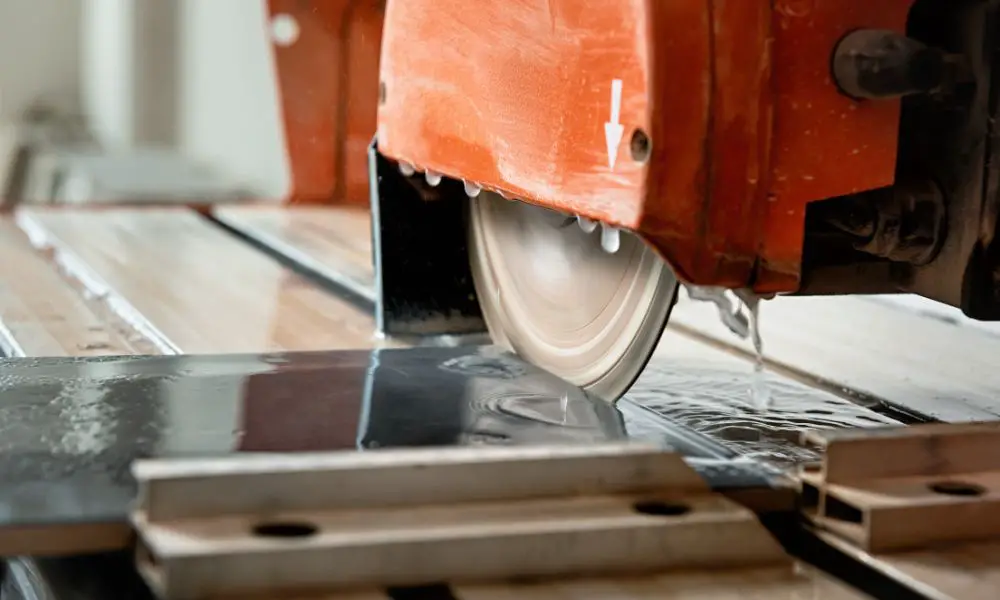

Wet cutting and dry cutting are two distinct sawing techniques often used in construction, workshops, and other industrial sites. There are many differences between these techniques, and each has its own advantages. Learn more about wet vs. dry cutting, and which technique is better for use in your own construction projects.
In construction, wet cutting involves spraying the blade and construction material with a continuous stream of water as you cut. Wet cutting provides benefits that your traditional workshop saw can’t achieve. This process helps reduce the amount of airborne dust and particles produced during the standard dry cutting process. The coolant also helps prevent your blade from overheating, which can make your materials and tools more susceptible to damage. You can also achieve a cleaner cut with the use of wet cutting techniques—the lack of pauses to let your equipment cool down leads to a smoother cut.
Wet cutting hasn’t made traditional dry cutting methods obsolete—they still have many advantages over wet cutting. While dry cutting can kick dust into the air, it still leads to a cleaner job site due to a lack of water and slurry to clean. The lack of water also makes dry cutting tools easier to use around other electrified equipment. Finally, dry cutting allows you to make sharp, detailed lines in your pieces that wet cutting can’t produce.
Now that you know the benefits of each method, how do you decide which type of cut is best? Start by evaluating the construction project you need to complete. If you’re looking for clean cuts and are working with limited time, a wet-cutting saw could better fill your needs. On the other hand, if you’re working in a more enclosed space making smaller cuts, a dry blade might work best. Dry cutting doesn’t require access to a continuous stream of water, unlike wet cutting, which makes this technique easier to access at most job sites. You should also consider the types of material you’re working with; for example, you can use both wet cutting and dry cutting techniques to cut concrete and masonry.
It’s hard to define which technique is better between wet cutting and dry cutting. Both techniques have many benefits and unique uses to help you on the construction site.
American families are once again juggling the seasonal custom—and financial burden—of back-to-school shopping as the…
Want to bond over unexpected activities? Look at these unconventional ways to connect with your…
Burnout isn’t just something that happens to CEOs. For moms homeschooling littles, it’s a very…
When it comes to long-distance motorcycling, comfort, reliability, and smart engineering can make or break…
Flowers have seen significant transformation over time; online flower shopping is increasingly common now for…
Learn essential first-time landlord tips for success, from tenant screening to property maintenance. These strategies…